‘Darwinian Paradox’: How same-sex mating in animals has been perplexing scientists for years
From migrating penguins to beastly lions, creatures across the planet engage in homosexual behaviour. Asher Elbein talks to biologists keen to understand this contradiction of evolutionary theory
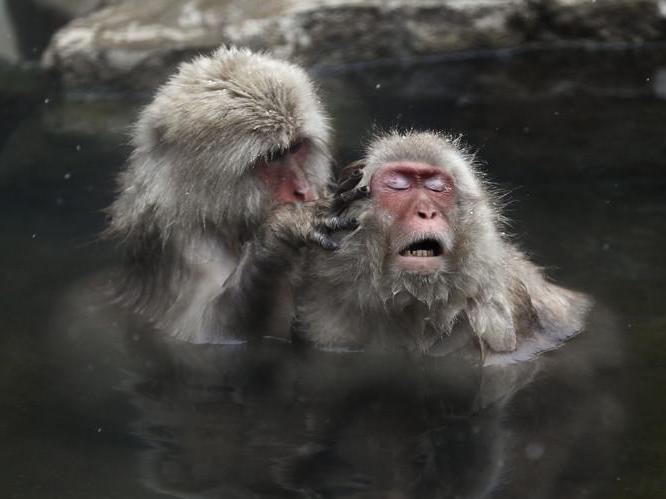
Your support helps us to tell the story
From reproductive rights to climate change to Big Tech, The Independent is on the ground when the story is developing. Whether it's investigating the financials of Elon Musk's pro-Trump PAC or producing our latest documentary, 'The A Word', which shines a light on the American women fighting for reproductive rights, we know how important it is to parse out the facts from the messaging.
At such a critical moment in US history, we need reporters on the ground. Your donation allows us to keep sending journalists to speak to both sides of the story.
The Independent is trusted by Americans across the entire political spectrum. And unlike many other quality news outlets, we choose not to lock Americans out of our reporting and analysis with paywalls. We believe quality journalism should be available to everyone, paid for by those who can afford it.
Your support makes all the difference.Male field crickets perform mating songs and dances for each other. Female Japanese macaque monkeys pair off into temporary but exclusive sexual partnerships. Pairs of male box crabs occasionally indulge in days-long marathon sex sessions.
Comparable arrangements can be found in damselflies, humboldt squid, garter snakes, penguins and cattle. In fact, over 1,500 species across most major animal families have been observed engaging in sexual activity with others of the same sex. But the origins of such same-sex sexual behaviour have long puzzled evolutionary biologists. How could this behaviour evolve and persist in so many lineages, even when it doesn’t directly aid reproduction?
That very question may be the wrong one to ask, a group of researchers argue in a study published last month in Nature Ecology and Evolution, seeking to flip the underlying assumptions of a whole wing of biology.
“The expectation has been that same-sex sexual behaviour evolved in different species independently, against this default background of heterosexual sex,” says Ambika Kamath, a researcher at the University of California, Berkeley, and an author on the study. “And what we’re saying is that baseline isn’t necessarily the right baseline.”
Instead, the researchers suggest that same-sex behaviour is bound up in the very origins of animal sex. It hasn’t had to continually re-evolve: it’s always been there.
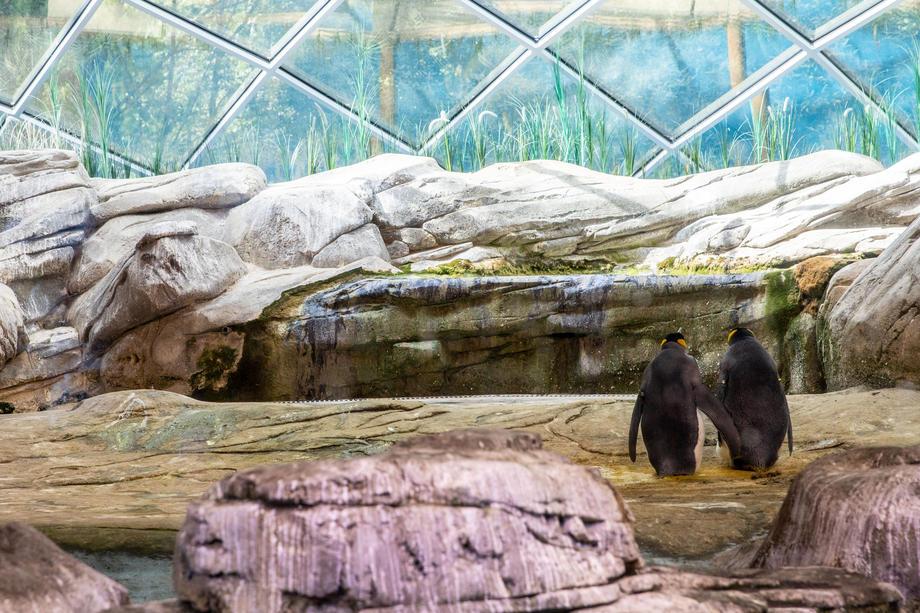
Evolutionary biologists have long pondered same-sex behaviour, often describing it as a “Darwinian paradox”. Paul Vasey, an expert on nonconceptive sexuality at the University of Lethbridge in Alberta, who did not participate in the study, says one school of thought held that such behaviours weren’t primarily sexual, instead relating to dominance or grooming.
The idea that same-sex sexual behaviour had to be justified at all seemed like a perspective of dominant cultural norms rather than a more holistic view of the actual biology
Other researchers suggest it persists in some species because it helps social animals maintain communities, says Max Lambert, a biologist at Berkeley and a co-author on the study. Still, others suggest that examples of same-sex behaviour were “practice” for reproductive sex, or even cases of mistaken identity. Most agreed that it had to have some sort of evolutionary benefit to make up for the presumed costs of nonreproductive sexual behaviour.
None of these explanations satisfies Julia Monk, a PhD candidate at Yale and the study’s lead author.
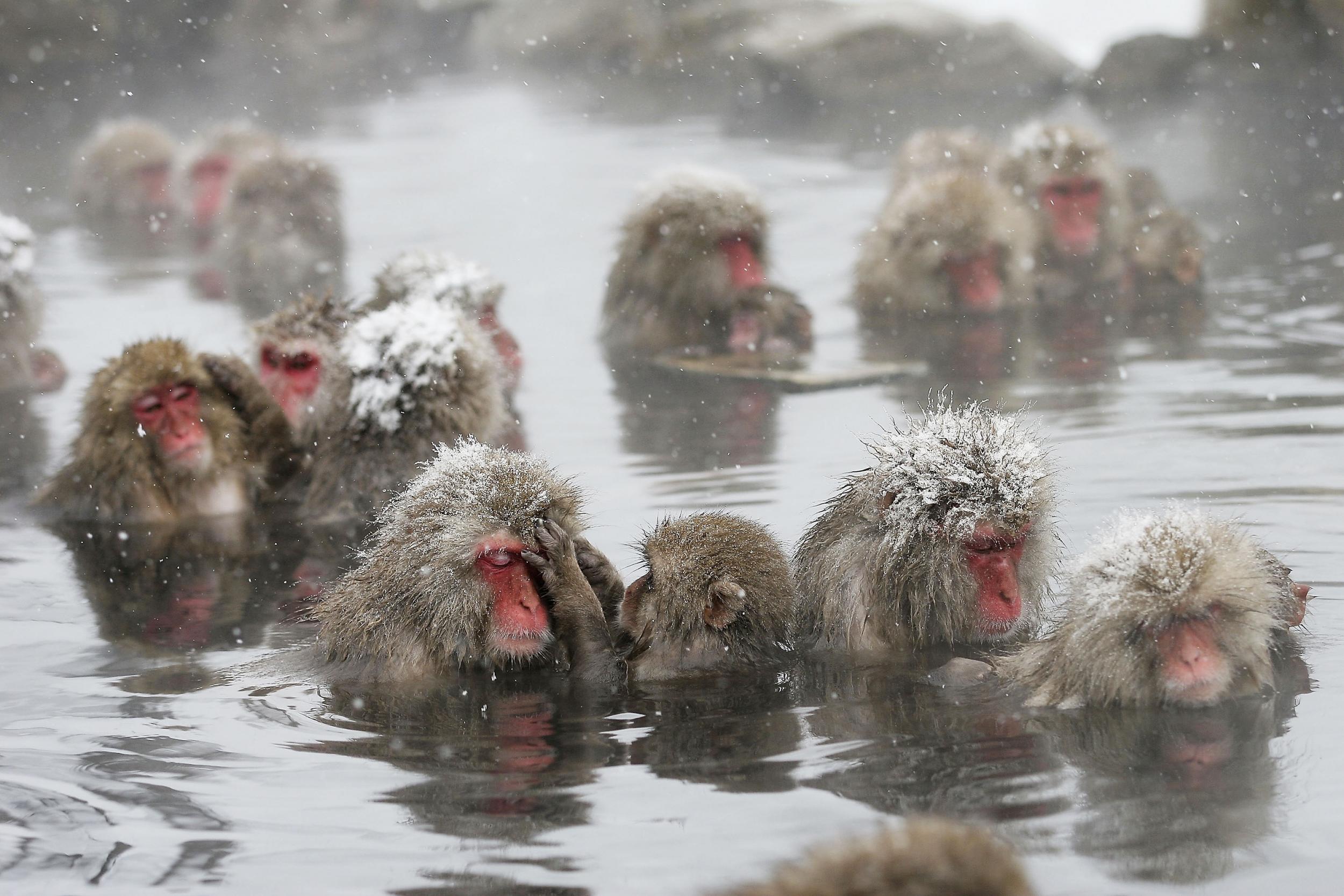
“The idea that same-sex sexual behaviour had to be justified at all seemed like a perspective of dominant cultural norms rather than a more holistic view of the actual biology,” she says. “I really disagreed with some of the ways I saw that discussion framed.”
Instead of wondering why same-sex behaviour had independently evolved in so many species, Monk and her colleagues suggest that it may have been present in the oldest parts of the animal family tree. The earliest sexually reproducing animals may have mated with any other individual they came across, regardless of sex. Such reproductive strategies are still practised today by hermaphroditic species, such as snails, and species that don’t appear to differentiate, like sea urchins.
Over time, Monk says, sexual signals evolved – different sizes, colours, anatomical features and behaviours – allowing different sexes to more accurately target each other for reproduction. But same-sex behaviour continued in some organisms, leading to diverse sexual behaviours and strategies across the animal kingdom. And while same-sex behaviour may grant some evolutionary benefits, an ancient origin would mean those benefits weren’t required for it to exist.
I don’t think it’s unreasonable to assume that at some early stage of animal evolution mating was more indiscriminate and that this is part of the evolutionary heritage of higher animals
But how has same-sex behaviour stuck around? The answer may be that such behaviours aren’t as evolutionarily costly as assumed. Traditionally, Monk says, any mating behaviour that doesn’t produce young is seen as a waste. But animal behaviour often doesn’t fit neatly into an economic accounting of costs and benefits.
Mating attempts between different sexes don’t always efficiently lead to offspring either, Kamath says – mating attempts can be rebuffed, conception may not occur and clutches or young may not survive. These are normal hiccups in population-level reproduction, and the team predicts that the costs of same-sex behaviour aren’t likely to be any greater.
“I don’t think it’s unreasonable to assume that at some early stage of animal evolution mating was more indiscriminate and that this is part of the evolutionary heritage of higher animals,” Vasey says of the study.
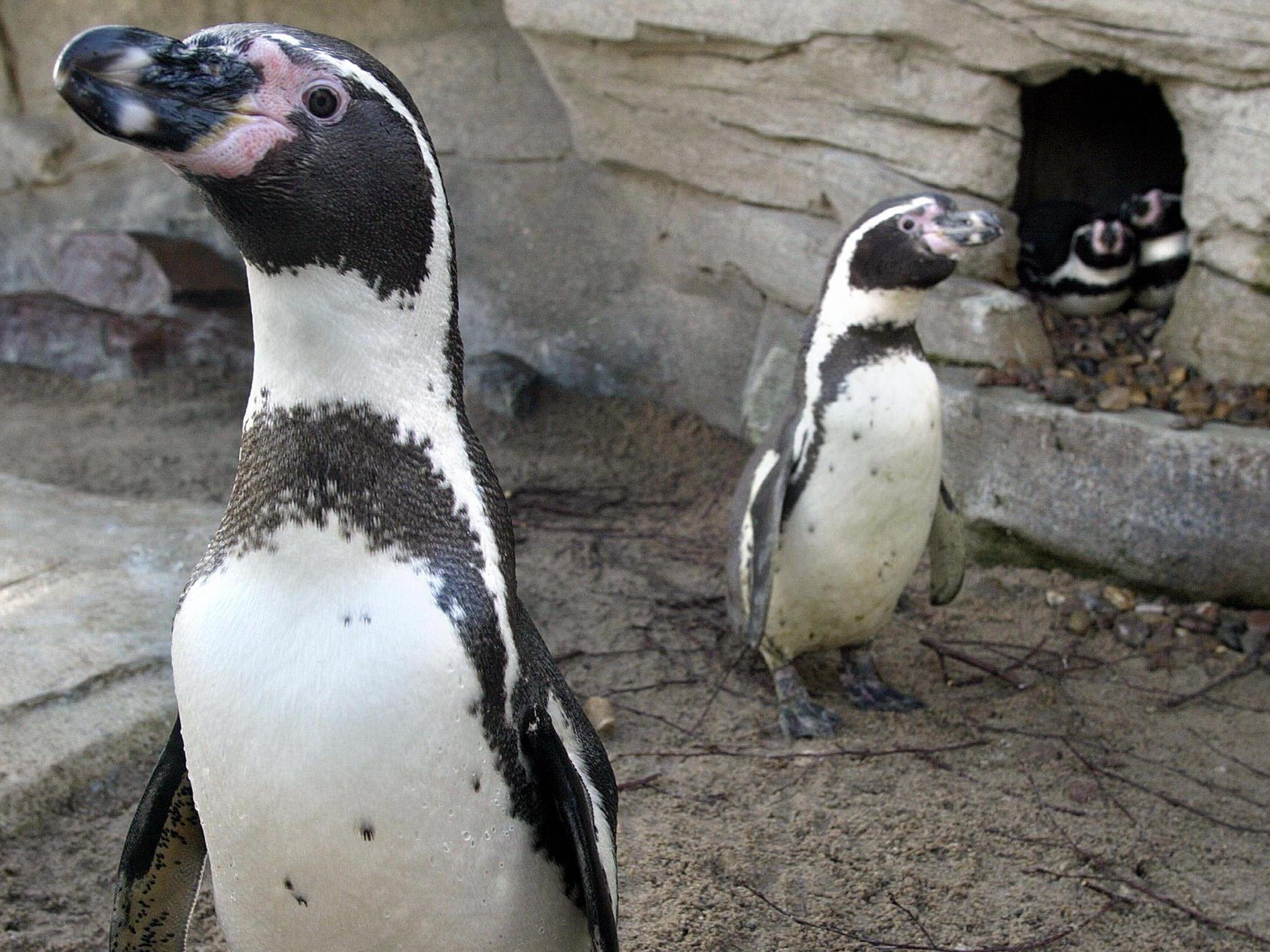
“Occasional same-sex sexual behaviour is not particularly difficult to accommodate within an evolutionary framework when such behaviour is performed within the larger context of different-sex sexual behaviour.”
An issue with past research in the field, Lambert says, is that unexamined cultural projections – largely by the white heterosexual men who have dominated the field – resulted in many researchers failing to accurately document what they were seeing.
“We’re missing so many observations of sexual behaviours because the people looking at them thought that it must have been an abnormality, based on a preconceived notion of how the world should work,” he says.
While cultural ideas can affect our observations of biology, Kamath says, biology doesn’t necessarily tell us anything clear about culture. The team was careful not to draw explicit links to any aspects of human culture, including LGBT+ communities.
“We do not want our work to be leveraged in harmful ways and we’ve done our best to avoid that in the way that we’ve constructed the paper itself,” she says.
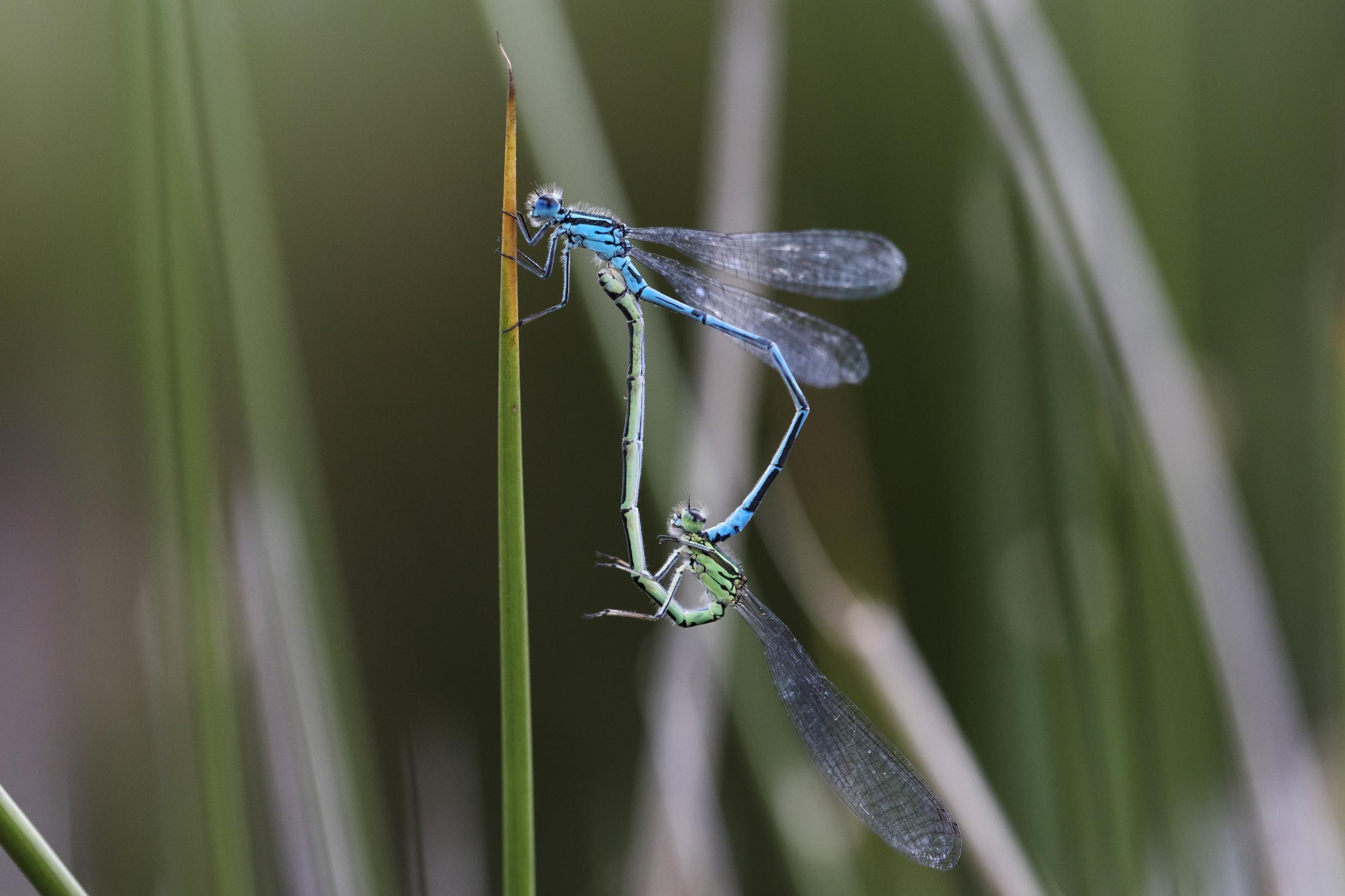
Monk and her colleagues say that explicitly flipping the cultural assumptions – in this case by conducting the study with researchers who self-identify as queer, and bringing in outside disciplines like social science – can yield better research.
“It’s important for us as scientists to recognise that while we’d love to think about what we do as objective, it might be really framed by our culture and context,” Monk says.
There are still a lot of questions left to be answered, and the team hopes that the study will inspire more research on the prevalence of same-sex behaviour across the animal kingdom and its potential costs and benefits. When it comes to opening up new avenues of research, Monk says, sometimes it’s as simple as looking at a place where people are asking “Why?” and instead asking “Why not?”
“Sometimes there’s a really exclusive view of evolutionary fitness and we can have a more inclusive view,” she says. “Variation is the baseline, and that baseline persists to this day.”
© New York Times
Join our commenting forum
Join thought-provoking conversations, follow other Independent readers and see their replies
Comments